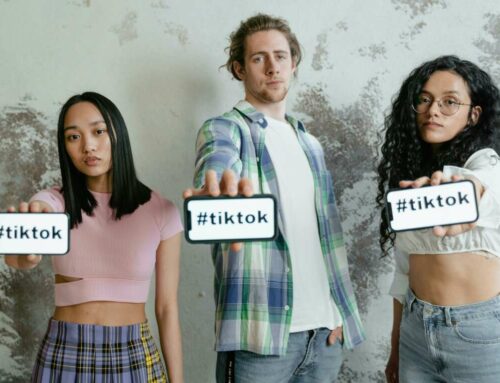
Influencer marketing has become a buzzword in the digital marketing world. It is a powerful strategy that leverages the influence of people who have a significant following on social media to promote a brand or product. But, not all influencers are created equal. In this article, we will discuss the four types of influencers and how businesses can work with them to achieve their marketing goals.
Table of Contents
1. Mega-Influencers
Mega-influencers are the celebrities of the social media world. They have millions of followers across multiple platforms, including Instagram, YouTube, and Twitter. These influencers have built their following over years of hard work and often have a team of professionals managing their social media presence.
Mega-influencers can reach a massive audience, making them an attractive option for brands looking to increase their visibility quickly. However, their reach comes with a high price tag, and they may not always have the engagement rates that smaller influencers have.
2. Macro-Influencers
Macro-influencers are the middle ground between mega-influencers and micro-influencers. They have a large following, but it is often more niche-specific. They are often experts in a particular industry or have a specific interest that they share with their followers.
Macro-influencers can be an excellent option for brands looking to target a particular audience. They are less expensive than mega-influencers, but still have a large enough following to make a significant impact.
3. Micro-Influencers
Micro-influencers have a smaller following than mega and macro-influencers, usually ranging from 1,000 to 100,000 followers. They are often regular people who have built their following around a specific niche or interest.
Micro-influencers have a highly engaged audience, making them an attractive option for brands looking to increase their engagement rates. They are also more affordable than mega and macro-influencers, making them an excellent option for small businesses or startups.
4. Nano-Influencers
Nano-influencers are the newest type of influencer to hit the scene. They have a small following, usually ranging from 500 to 5,000 followers. They are often regular people who have built their following around a specific interest or hobby.
Nano-influencers have a highly engaged audience, and their followers often see them as a friend or family member rather than an influencer. This level of trust can make them an excellent option for brands looking to increase their credibility and authenticity.
How to Work with Influencers
Now that you understand the different types of influencers let’s discuss how to work with them. Here are some tips for working with influencers:
1. Identify the Right Influencers
The first step in working with influencers is to identify the right ones for your brand. Look for influencers who align with your brand values, have a following that matches your target audience, and have excellent engagement rates.
2. Build Relationships
Building relationships with influencers is essential. Follow them on social media, engage with their content, and start a conversation. This will help you build a relationship with them, which can lead to more significant opportunities in the future.
3. Be Clear About Your Goals
When working with influencers, be clear about your goals. Do you want them to promote a product, increase brand awareness, or drive traffic to your website? Communicating your goals upfront can help ensure that everyone is on the same page.
4. Offer Value
Influencers are not just looking for a paycheck. They want to work with brands that offer value to their followers. Be sure to offer something of value to the influencer, whether it be exclusive access to products or services, a unique experience, or compensation.
5. Give Creative Control
Influencers know their audience better than anyone. Give them creative control over the content they create for your brand. This will ensure that the content is authentic and resonates with their followers.
Conclusion
Influencer marketing can be a powerful strategy for businesses looking to increase their visibility and engagement rates. But, it’s essential to understand the different types of influencers and how to work with them effectively. By building relationships, being clear about your goals, offering value, and giving creative control, businesses can leverage the power of influencers to achieve their marketing goals.


































